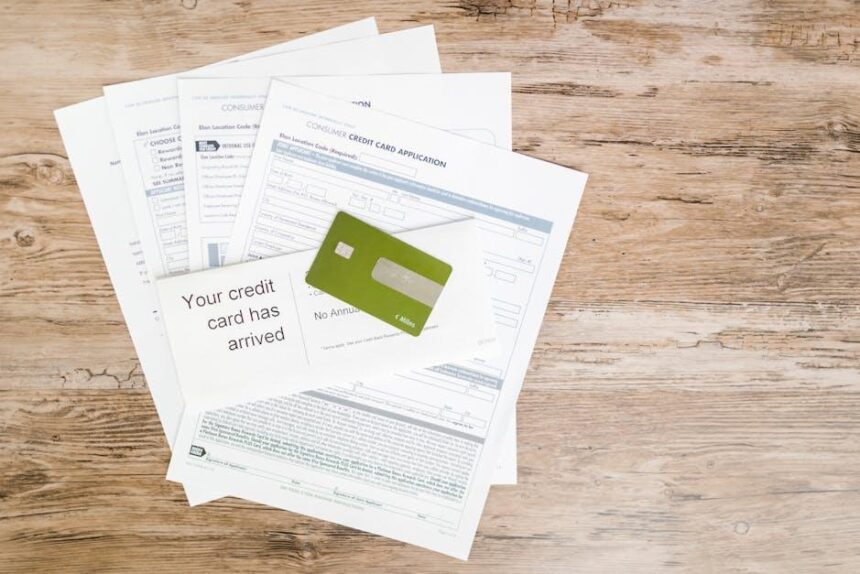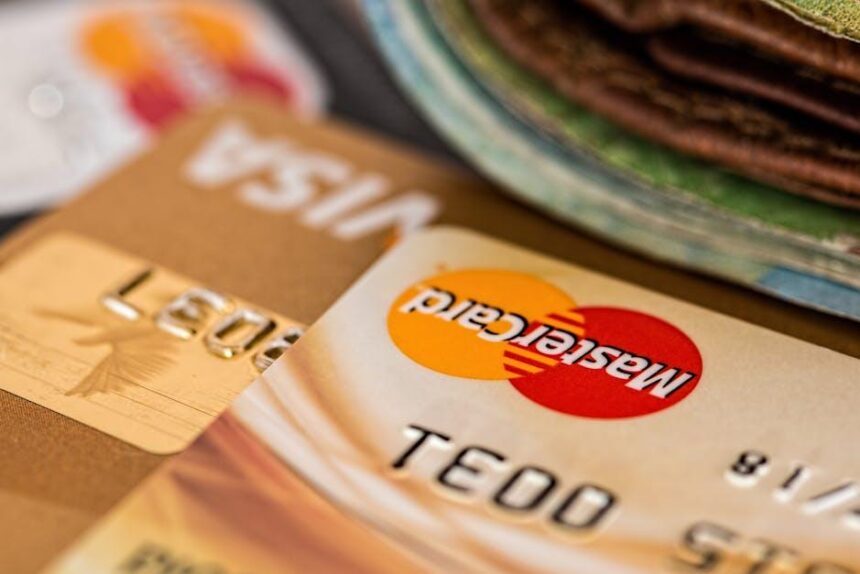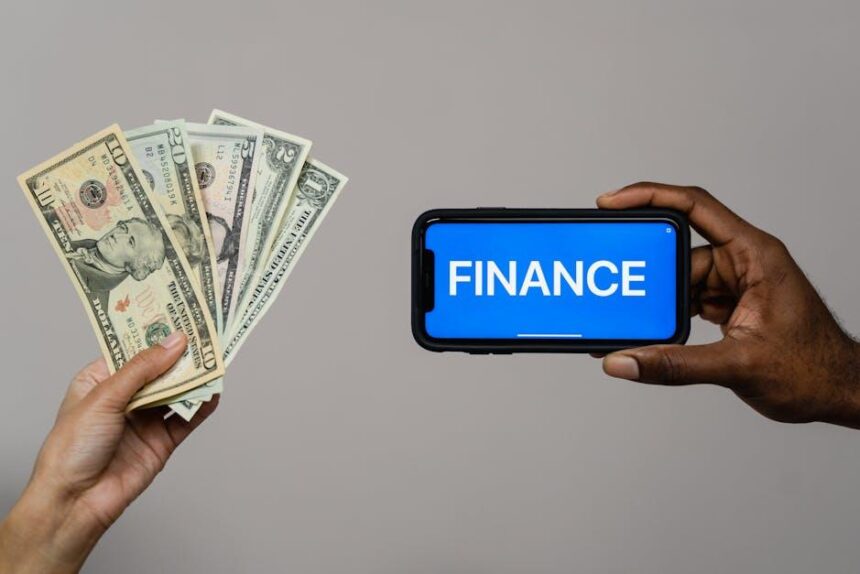In today’s financial landscape, the path to securing credit can often feel like a labyrinth for those with less-than-stellar credit histories. The stigma surrounding bad credit can shroud potential opportunities, leaving many to wonder if access to credit is an elusive dream. However, understanding the intricacies of credit applications can illuminate the way forward. In this article, we will uncover essential tips and strategies that can empower individuals with bad credit to navigate the credit market effectively. Whether you’re aiming to secure a loan, a credit card, or other financial products, our insights will help you unlock the door to better credit access and open up new possibilities for your financial future.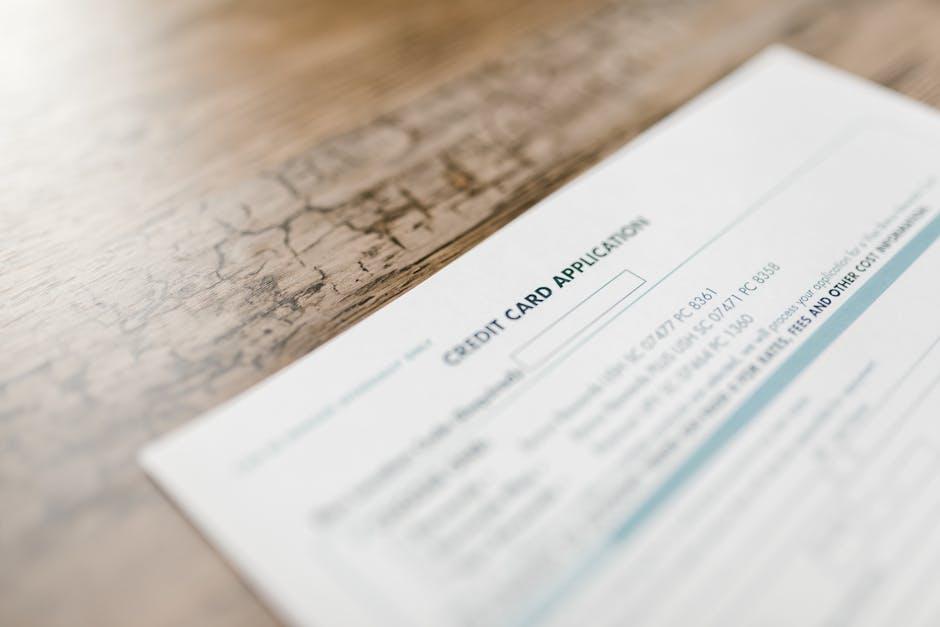
Understanding Your Credit Score and Its Impact
Your credit score is a crucial part of your financial identity in the United States, acting as a summary of your creditworthiness and influencing your ability to borrow money. Understanding this score is essential, especially for those seeking to navigate financial challenges with bad credit.
A FICO score, the most commonly used credit score by lenders, ranges from 300 to 850. Here’s a quick breakdown of what these ranges mean:
| Score Range | Credit Rating |
|---|---|
| 300 – 649 | Bad Credit |
| 650 – 699 | Fair Credit |
| 700 – 749 | Good Credit |
| 750 – 850 | Excellent Credit |
For many Americans, a credit score below 650 can be deemed unfavorable. This adds up to approximately 27% of U.S. adults falling into the bad credit category, particularly among younger demographics aged 18-24, which show the lowest average scores [[1]]. Meanwhile, those in the 55+ age group tend to score higher, with the highest averages among all age brackets.
Your credit score can significantly impact your financial decisions. Here are some key areas influenced by this score:
- Loan Approval: Lenders use your credit score to determine whether to approve you for a loan or credit card.
- Interest Rates: A higher score can lead to lower interest rates on loans, saving you money over time.
- Insurance Premiums: Some insurance companies consider credit scores when setting premiums, which could result in higher costs for those with lower scores.
- Rental Applications: Landlords often check credit scores as part of the tenant screening process.
Improving your score, even slightly, can lead to more favorable terms and possibilities. Actions such as regularly checking your credit report for errors, paying bills on time, and maintaining a low credit utilization rate can help boost your credit score over time. Remember, rebuilding credit is a journey that requires patience and diligence, but the benefits are well worth the effort.
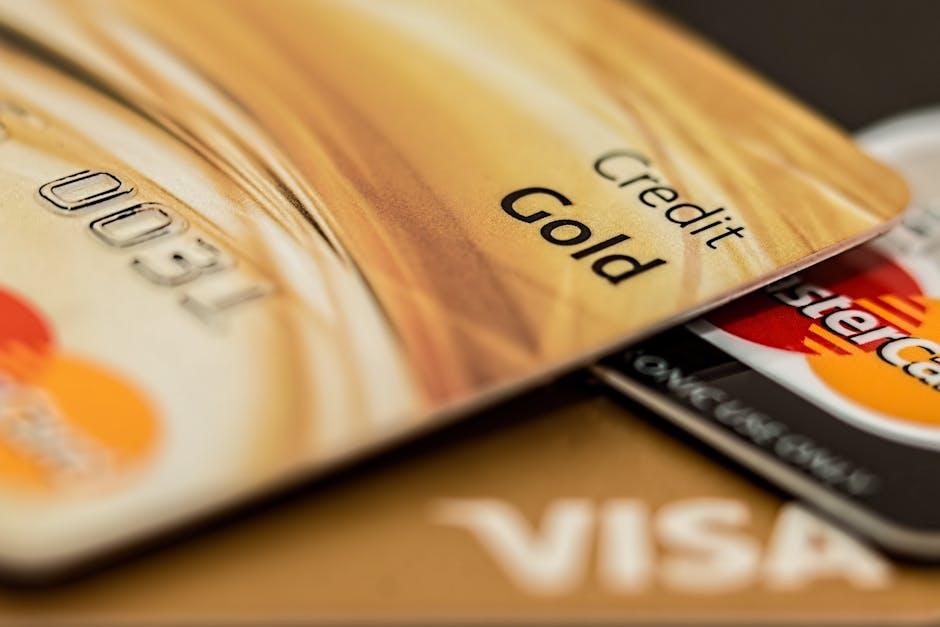
Exploring Alternative Financing Options
When traditional credit options seem out of reach, exploring alternative financing can be a lifeline for those with bad credit. Here are some viable options to consider:
- Credit Unions: Often more flexible than banks, credit unions may offer personal loans with lower interest rates and more lenient approval criteria.
- Peer-to-Peer Lending: Platforms like LendingClub connect borrowers directly with individual investors, often providing loans based on personal stories rather than credit scores.
- Secured Loans: These loans require collateral (like a car or savings account), which lowers the risk for lenders and can increase your chances of approval.
- Alternative Income Verification: Some lenders consider factors such as employment history and income instead of solely relying on credit scores, making it easier to qualify for loans.
- Local Nonprofits and Community Development Financial Institutions (CDFIs): These organizations may offer loans or financial assistance programs tailored to individuals with bad credit.
Understanding the terms and conditions of these options is crucial. Below is a comparison table of common alternative financing methods:
| Option | Typical Loan Amount | Interest Rates | Credit Score Requirement |
|---|---|---|---|
| Credit Union Loans | $500 – $25,000 | 5% – 18% | Varies |
| Peer-to-Peer Lending | $1,000 – $40,000 | 6% – 36% | Lower than traditional banks |
| Secured Loans | $1,000 – $100,000 | 3% – 15% | Generally lower thresholds |
| Alternative Income Verification | $500 – $10,000 | 8% – 30% | May accept lower scores |
| Community Development Financial Institutions | $500 – $50,000 | 5% – 20% | Flexible requirements |
In addition to the above options, be proactive in improving your credit profile. Strategies such as making timely payments and reducing debt can help you regain access to more conventional financing in the future. Always remember to compare terms and ensure that you fully understand the repayment expectations for any loan.

Building a Strong Application Strategy
When applying for credit with bad credit, a strong application strategy can significantly impact your chances of approval. Here are some essential steps to consider:
- Know Your Credit Score: Before you apply, check your credit score. Understanding where you stand allows you to target your applications effectively. Resources like NerdWallet offer free access to credit scores.
- Choose the Right Credit Card: Some cards are designed specifically for those with bad credit. Consider options like the Capital One Quicksilver Secured Cash Rewards Credit Card which provides flat-rate rewards or the Bank of America® Travel Rewards Secured Credit Card that offers points on every purchase.
- Provide Accurate Information: Ensure all personal and financial details on your application are accurate. Mistakes can delay the process or lead to denials.
- Include Supporting Documents: If applicable, include documents that show your income stability, such as pay stubs or bank statements. This can help bolster your application.
- Limit Applications: Avoid applying for multiple credit cards at once, as too many inquiries can further damage your credit score. Instead, research and select a few options.
- Consider Secured Cards: These require a deposit that acts as your credit limit. While this may seem intimidating, it’s a constructive step toward rebuilding your credit.
- Follow Up on Your Application: After submitting your application, stay proactive. Don’t hesitate to contact the bank for updates, especially if you don’t hear back in a reasonable timeframe.
Application Checklist
| Step | Description |
|---|---|
| Check Your Credit Score | Understand your current credit position before applying. |
| Choose the Right Card | Look for options specifically for bad credit, like secured cards. |
| Accurate Information | Provide precise details on your application to avoid delays. |
| Supporting Documents | Include income proof to strengthen your application. |
| Limit Applications | Apply selectively to prevent further damage to your score. |
| Follow Up | Check the status of your application to ensure timely processing. |
By carefully following these steps, you can enhance your chances of a successful credit card application and start your journey toward better financial health.

Leveraging Support Tools and Resources
Navigating the world of credit can be complex, especially when you’re facing challenges like bad credit. Fortunately, there are numerous support tools and resources available specifically designed to guide you through the application process and improve your chances of accessing credit. Here are some valuable options to consider:
- Credit Counseling Services: Non-profit organizations offer free or low-cost services to help you understand your credit report, identify areas for improvement, and create a plan for managing debts.
- Credit Builder Loans: Some financial institutions provide loans specifically aimed at helping individuals build or rebuild credit. These loans allow you to borrow a small amount and repay it over time, ultimately improving your credit score.
- Secured Credit Cards: These cards require a cash deposit that serves as your credit limit. They are a great way to establish credit history while minimizing risk for lenders.
- Financial Education Resources: Websites like the National Foundation for Credit Counseling (NFCC) and Credit.org offer educational materials, webinars, and workshops on personal finance and credit management.
- Online Community Forums: Engaging in online forums, such as Reddit’s personal finance community, can provide peer support and insights from others who have navigated similar challenges.
- Financial Apps: Consider using mobile apps like Cleo or Mint that help manage finances, track spending, and set savings goals, which can be essential in rebuilding credit.
| Resource Type | Description | Benefits |
|---|---|---|
| Credit Counseling | Guidance from experts in budgeting and debt management. | Personalized plans, free resources, and educational workshops. |
| Secured Credit Cards | Cards backed by a cash deposit, helping you build credit. | Opportunity to improve credit with responsible usage. |
| Credit Builder Loans | Small loans designed to help build credit history. | Establish credit with timely repayments. |
| Financial Education Resources | Webinars and literature on financial literacy. | Improved knowledge leading to better financial decisions. |
By leveraging these resources effectively, you can not only improve your understanding of credit but also enhance your chances of successfully applying for loans and credit cards despite past credit challenges. Remember, every small step you take can lead to significant improvements over time.

The Way Forward
As you navigate the often daunting world of credit with less-than-perfect history, remember that every setback can pave the way for a comeback. By implementing the strategies we’ve discussed, such as understanding your credit report, exploring secured credit options, and maintaining diligent payment habits, you can gradually unlock opportunities that once seemed out of reach. Just as a seed must endure the trials of soil to blossom, your journey toward improved credit access is one of growth and resilience. Embrace each step; the brighter, stronger financial future you seek is within your grasp. Keep striving, stay informed, and let your actions today shape the success of tomorrow.
